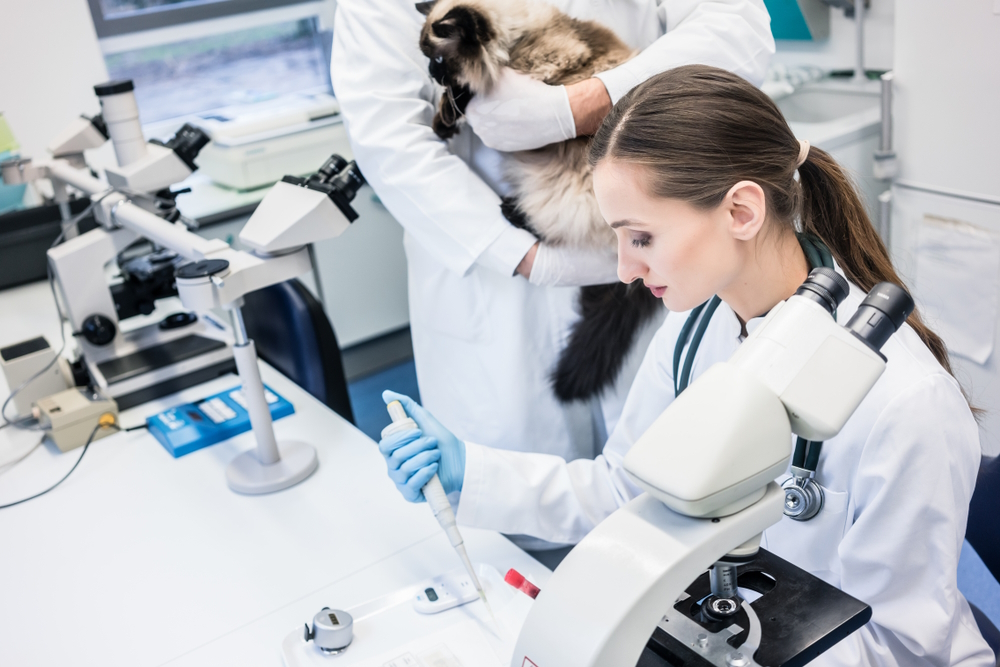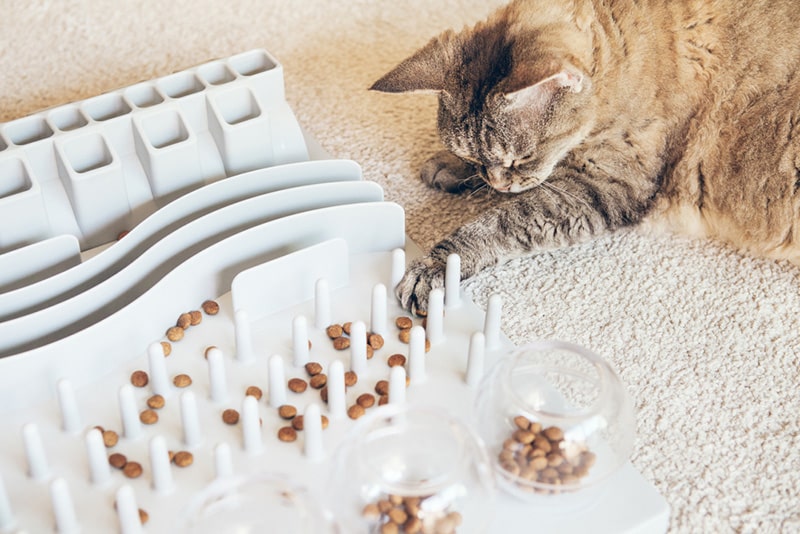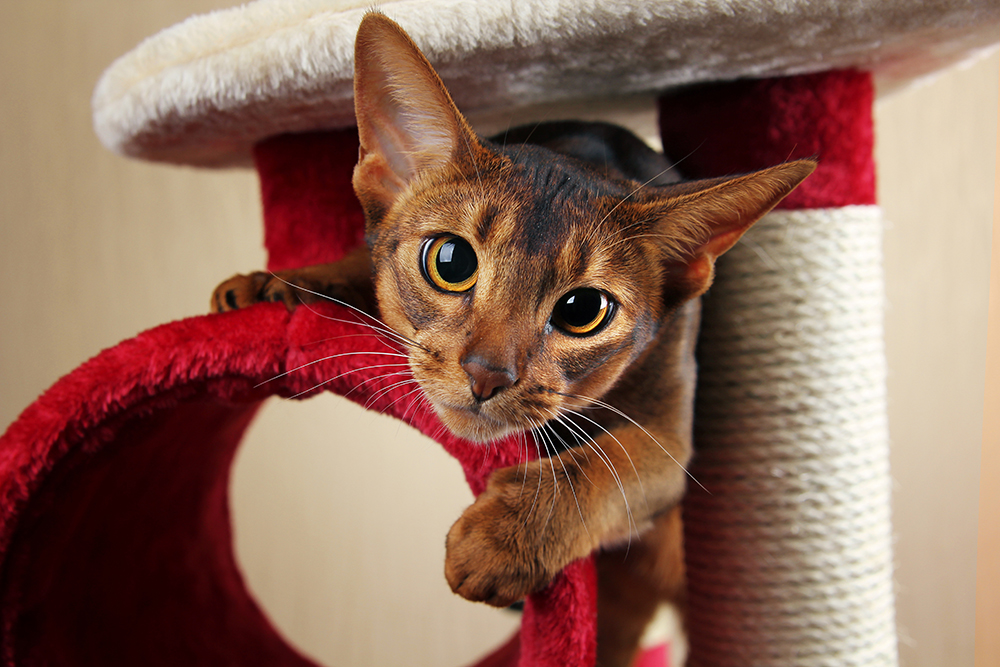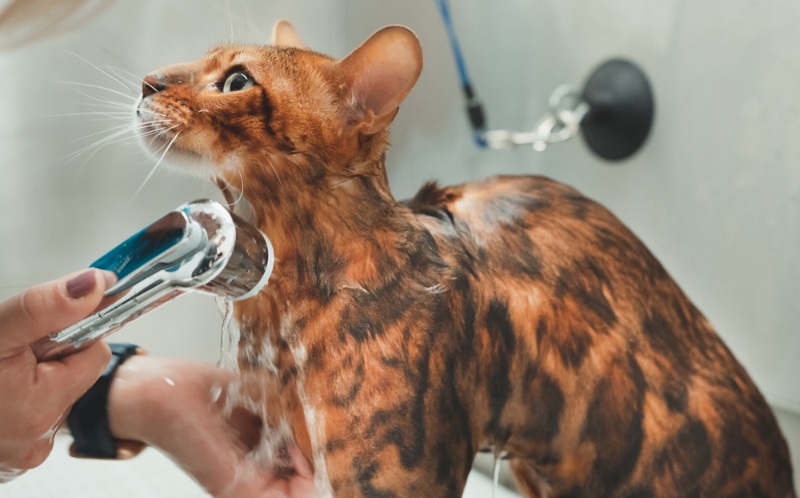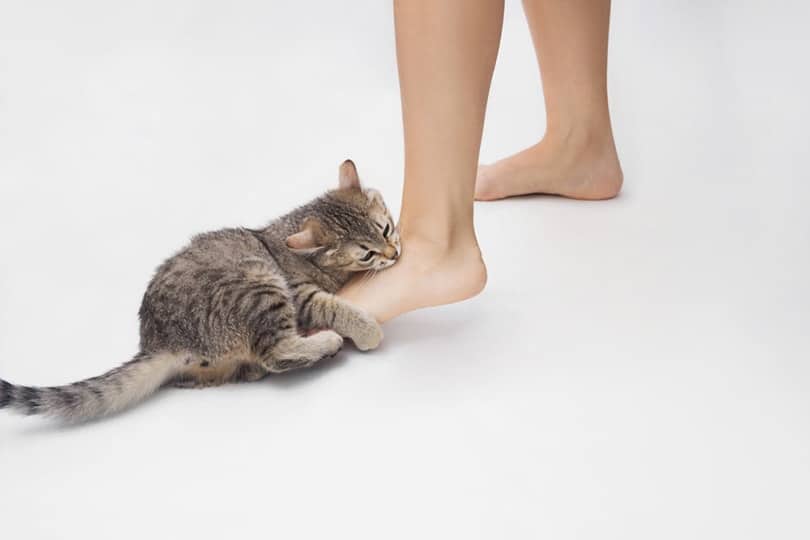Courtney Hatt knows the horror and heartbreak of feline infectious peritonitis. As the co-founder of San Francisco’s first cat cafe, KitTea, she has seen its effects on a scale larger than most people will. FIP has been described as the most dreaded disease in veterinary medicine.
It affects mostly young cats, and it kills nearly every kitten it strikes. In the fall of 2015, Hatt watched FIP take the lives of 10 kittens, some of whom had already been adopted from KitTea and gone to their new homes. To make the dreadful situation worse, Hatt said, two people who’d adopted kittens lost two each.
During the time of the outbreak, Hatt adopted a young cat named Cate — part of a pack of wolf-like kittens, she says. As it turned out, Cate would get the dreadful disease too.
“Soon after I adopted her, Cate’s belly started to swell up massively, a telltale sign of FIP,” Hatt says. “I had her tested, and she was indeed positive for the disease.”
Cate had developed the “wet” form of FIP, an effusive strain whose signs include a swelled belly because of fluid accumulation in the abdomen. Usually at this point, FIP is fast-moving and merciless. Yet Cate is alive today and shows no outward sign of the disease.
“She’s doing well,” Hatt reports. “She quit growing when she got FIP … but she’s putting on weight now.”
How is this possible? Cate is part of a clinical trial of an FIP treatment that has put the disease in remission and kept her alive. Researchers at the University of California Davis and Kansas State University are in charge of the project, known as SOCK FIP. It stands for Save Our Cats and Kittens from Feline Infectious Peritonitis.
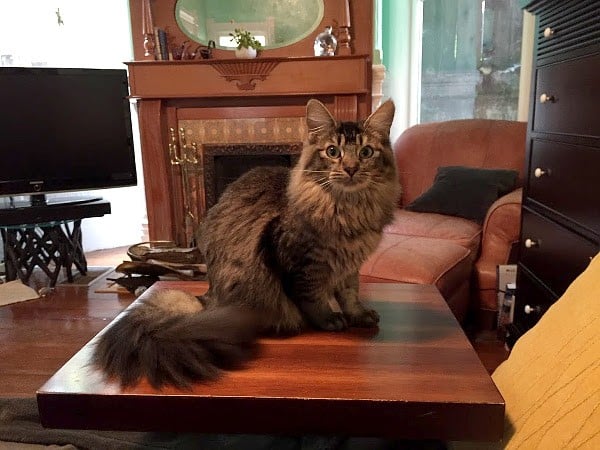
Hatt put me in touch with Dr. Niels C. Pedersen, who’s leading the efforts at UC Davis. Pedersen has studied FIP for more than 50 years. He agreed to answer questions but stressed that he can’t comment on the success or failure of the clinical trial because it is still in progress.
“Clinical trials of human drugs are not available to the public until the results are tallied and published,” Pedersen wrote in an email exchange, agreeing to be as specific as possible.
Below are excerpts from that exchange.
Catster: What’s your feeling about FIP and what you aim to accomplish with this trial?
Dr. Niels C. Pedersen: Anyone that has ever witnessed a necropsy of a cat with abdominal wet FIP will never forget what a terrible disease FIP can be for its victim. Many people also feel that FIP is an uncommon disease and that the few cats that die from it are something that has come to be expected and accepted by people that deal with raising large numbers of kittens in high-density environments. In truth, there is hardly a person that has made cats a part of their lives that have not experienced FIP directly or indirectly. The prevalence of the disease is also rising again, associated mainly with pedigreed cats and cats that have been “rescued” from the “wild” at a very young age and fostered before being adopted or passed on to shelters. … [T]he complexity of FIP never ceases to amaze me. Hopefully we have peeled enough layers off the onion to finally be getting to the core of the disease and the most effective ways to prevent it from occurring and treating it after it occurs.
Catster: In what stage is the clinical trial? Can you describe what you’ve done thus far?
Dr. Niels C. Pedersen: We have treated 13 cats with severe FIP of many different forms, but mainly cats with “dry” FIP [a noneffusive form] or cats that have suffered dry FIP that went into the “wet” form after the immune defenses finally began to collapse. … We are still not able to determine how long we need to treat cats to cure them, or indeed if it is possible to cure them at all.
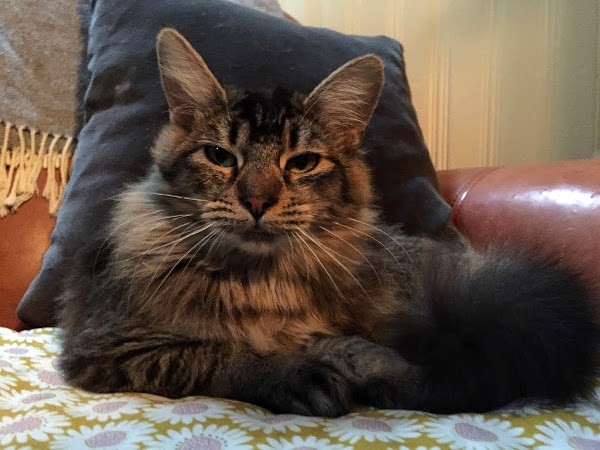
Catster: What are the next steps?
Dr. Niels C. Pedersen: We need to continue to treat more cats with various forms of naturally occurring FIP and cats in earlier stages of infection, and most of all we must determine the optimal dosage regimen to bring about a long-term or even permanent remission of disease. We are now studying small groups of 10 cats or so at a time and learning as much as possible from them before moving on to another group of cats. Therefore, we are becoming more selective of the types of cases we are accepting.
The expense of synthesizing the drug, which involves collaborations with outstanding researchers at places like KSU and [Wichita State University], limits its availability and the number of cats we can study at one time. The public and veterinary practitioners also need to understand that this is an experimental drug and cannot be sold or used outside of approved [U.S. Department of Agriculture] and institutional protocols.
Catster: How long will the study take? How long will you monitor the cats in the study who survive?
Dr. Niels C. Pedersen: The study is scheduled for two years, but we hope to get the important answers within a year or so. The real question, as I mentioned earlier, is whether or not we can achieve a full remission of disease that will be lifelong. We will continue to monitor cats that have gone through their initial treatment not only for the extent of their disease remission but also for duration of remission. This will obviously not be for weeks or even months, but potentially for years.
Catster: What’s the soonest a drug might be available to vets because of this study? Or is that even worth speculating?
Dr. Niels C. Pedersen: Even if we were to prove the efficacy of this drug against naturally occurring FIP, a company must be found to take the drug through the expensive and time-consuming process of [U.S. Food and Drug Administration] testing and approval. Drugs for veterinary use, unlike biologics (vaccines, natural substances), come under the FDA and not the USDA. USDA approval is a much easier process. A company may not find it economically viable to spend the money necessary to gain FDA approval for a disease for a single animal species such as FIP. Therefore, I would not want to speculate on if and when this particular drug may become commercially available for use by veterinarians.
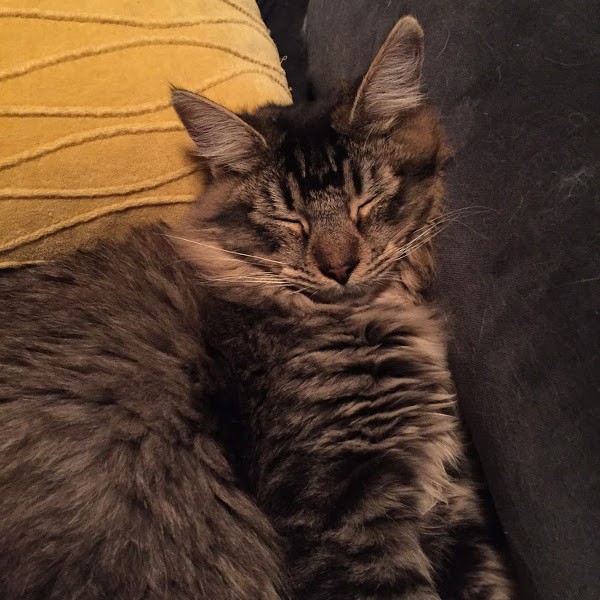
Catster: What can you say about the result in Courtney Hatt’s cat or others you’ve seen in the trial?
Dr. Niels C. Pedersen: You are referring to Cate, who presented with what appeared to be wet FIP. In truth, the FIP in Cate was probably in a dry form for some time before going into the wet form. It was only when the disease became wet that it became clinically apparent. Cate is in remission from the wet disease and has to undergo much longer treatment to see whether or not the dry component of her disease can also be treated.
Catster: How does FIP work in terms of contagion? As I understand it, it’s not contagious, but groups of cats get it around the same time.
Dr. Niels C. Pedersen: The FIP virus is not contagious from cat to cat, but rather it is the feline enteric coronavirus, or FECV, that is contagious from cat to cat. The reason that you see clusters of cases from these types of environments is because the FECV infections occur earlier in kittenhood than would be expected in nature and are very severe. Many of these kittens are taken from their mothers when very young and lose the immunity provided by their mother’s milk … and become infected with FECV before their immune systems become mature enough to handle FIP-causing mutations that might occur. FECV infections that occur early in life also lead to much higher levels of replication of the virus in the gut, and the greater the level of FECV replication, the greater the chance that an FIP-causing mutation will occur.
Catster: The SOCK FIP website mentions the trial would be limited to 70 cats. Did you get 70 for the study?
Dr. Niels C. Pedersen: Our goal as stated in our Morris Animal Foundation grant for this particular study is 70 cats over two years. We have had no problem in getting cats with naturally occurring FIP and owners who are willing to commit themselves wholeheartedly to this study.
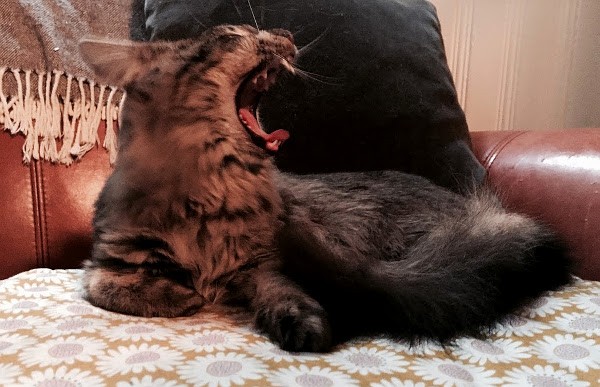
We hope that Cate, and all the cats in the study, continue to survive and do well. Over the long term, we wish the best for Pedersen and his team of researchers. A cure for FIP would cause for celebration indeed.
Featured Image Credit: Kzenon, Shutterstock

